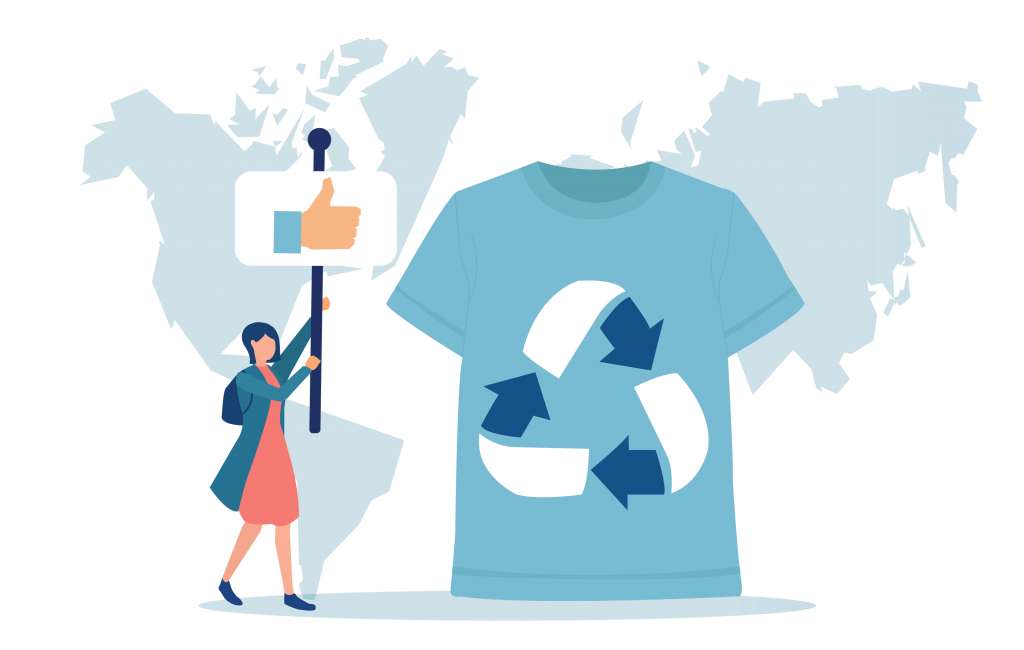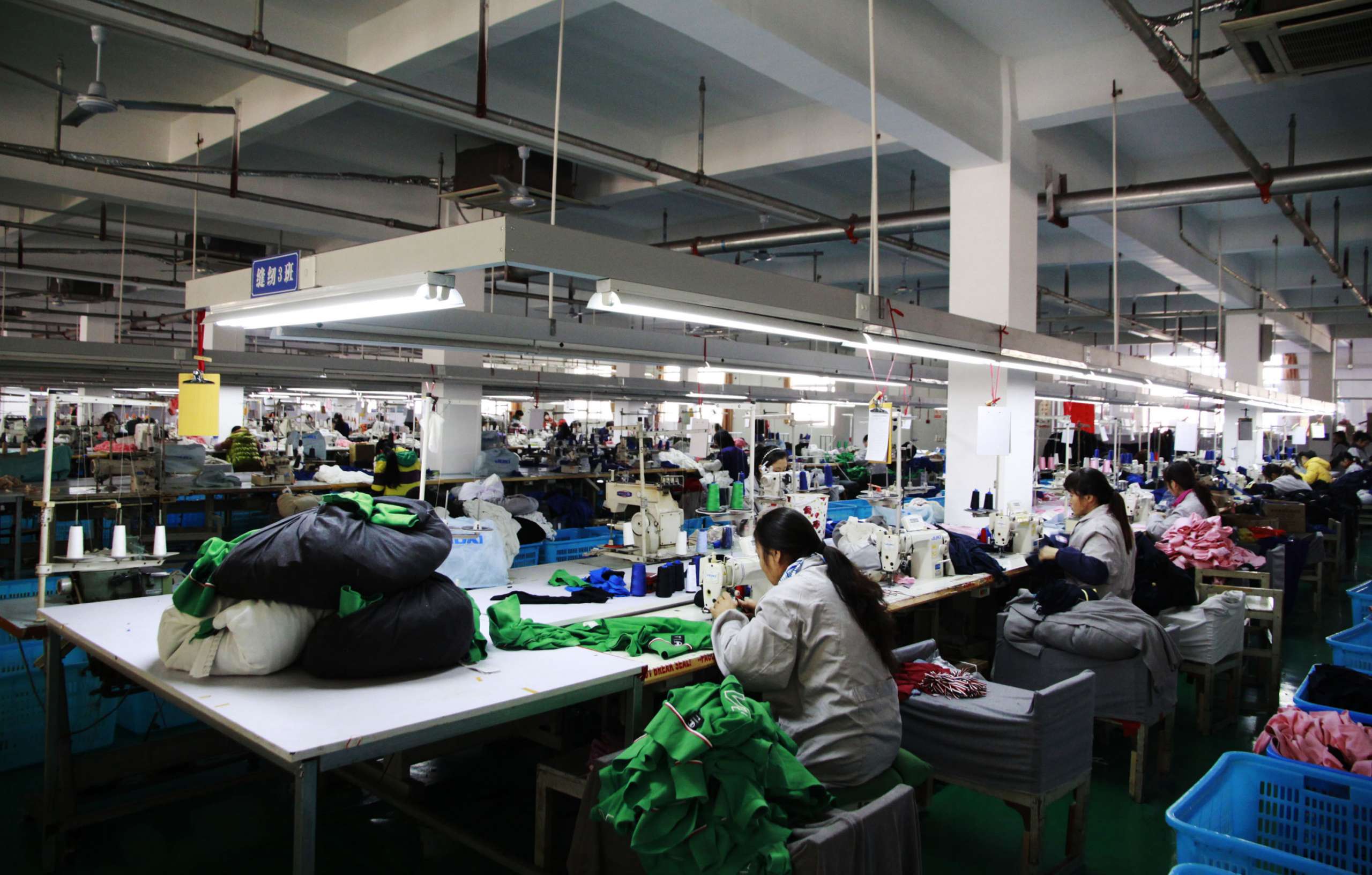5 Things To Know Before Starting Your Sustainable Fashion Journey



Sustainable fashion has taken on a new relevance for the global fashion industry. "Green" and "eco friendly" now dictate the majority of purchase decisions for conscious consumers. Fashinza explores the concept of sustainable fashion in greater depth.
The fashion industry has long suffered the ignominy of being highly polluting. The entire process - from sourcing the raw materials to placing the finished product on store shelves - makes enormous demands on the environment. The textile industry alone is responsible for a staggering four to ten percent of global greenhouse gas emissions annually. These numbers are a cry for help and the need for serious introspection and remedial action.
It is essential to first understand the fundamentals of sustainable fashion. What does it mean, and why do we need to talk about it? Essentially, it is a term used for clothes and accessories that are manufactured and consumed in a manner that does not harm the environment. It also means fair wages and humane working conditions for the people working in the industry.
Enormous carbon footprint, overproduction, unchecked waste and pollutants, underpaid workers, unsanitary work conditions, and child labor - these are some of the issues the fashion industry grapples with. Sustainable fashion is an attempt to address and eliminate these ills and set new standards and benchmarks in the industry.
The list might look overwhelming at first, but some people are working on tackling this situation by addressing all these issues. There are sustainable fashion brands out there that are working diligently towards a greener, safer future. It is, however, important to understand that just because an item is labeled as sustainable does not mean that it checks off all the boxes.
As they say, "It gets better when you get better." We need to understand our role and rethink our consumption habits for a more sustainable wardrobe. Here are five things fashionistas can consider as they embark on their sustainable fashion journey.
Support sustainable fashion brands
Your choices can make or break your sustainable fashion journey. Investing in brands that adopt green and clean practices is a great place to start. Researching and learning more about the fashion label will help you make the right choices. Most sustainable fashion labels mention their sources and whether they practice ethical and fair trade fashion. Be precise about your requirements when looking for clothes. Streamlining your search for particular items helps a lot when you are looking for sustainable alternatives. If you wish to buy clean and upcycled denim, look for brands that manufacture the exact kind.

Remember - less is more
"The best things carried to excess are wrong." - Charles Churchill.
This is especially true for retail therapy. Sometimes, we tend to go overboard with our purchases, only to regret it later. "Buy less but buy better" is good practice to overcome the obsession with excessive shopping. As per statistics, approximately 100 billion garments are manufactured globally every year. It is hard to imagine the amount of greenhouse gas emissions and exhaustible resources that go into manufacturing garments.
Before buying anything that might look appealing, stop and ask yourself: "Do I need this in my wardrobe? Will I put it to good use? Is it a sustainable choice for myself and the Earth?" If you answer "yes" to all the questions on this mini checklist, go ahead and purchase it. However, if the answer is "no" to even one question, then you know what to do.
Explore thrifting, sharing, and renting as alternatives
Consider purchasing pre-loved items from your local thrift store. It might take you longer to find what you are looking for, but the process itself is rewarding. Vintage outfits have a certain charm to them since they are one-of-a-kind and rarely seen. By switching your choices, you are not only giving these garments a second chance but are also minimizing the environmental impact. Mega celebrities such as the likes of Rihanna and Halsey are huge fans of vintage items.
Sharing your garments with your loved ones is a great sustainable option without compromising on the fashion quotient. Always remember: sharing is caring (for the planet).
Got a wedding to attend? Instead of spending money on an outfit you are only planning to wear once, try renting one. It will not only cost you a fraction of the original amount but will also mark a milestone in your sustainable fashion journey.
Question the brand about its workers
Have you ever wondered who makes the garments of fast fashion brands? The reason why these brands retail their garments for a lower price is because of their workers. In most cases, the working conditions are inhumane, and the wages are abominably low. Several known fast fashion brands get their garments produced in developing countries where workers work on daily wages. Do your research about a brand before purchasing any item. Ask them about their factories, the material they use, and the wages they pay to their workers.
Long working hours, unhealthy working conditions, and poor safety practices take a toll on these workers' physical and mental health. A lot of these fast fashion brands are known to violate child labor laws. Furthermore, the outbreak of the pandemic unveiled the unfair treatment of garment workers. Many fast fashion brands were called out for the atrocities they inflicted on their garment workers. Ask yourself: "Is purchasing clothes from fast fashion brands worth it?"

What is heartening, though, is that sections of the fashion industry are willing to introspect. Numerous sustainable fashion labels have proactively adopted green practices. They have also ensured fair wages and a conducive work environment for their workers. These brands, justifiably, charge higher than their fast fashion counterparts.
You are on your way to a clean and eco-friendly fashion journey and are responsible for your fashion choices. Make sure you are on your planet's side.
Understand eco-friendly and vegan choices
When a brand says that it is "vegan", it does not necessarily mean it is good for you or the environment. Several factors need to be considered before calling yourself a sustainable brand.
According to one report, approximately 90% of fast fashion and other brands manufacture garments with non-biodegradable elements and plastics. This puts the environment at risk. The effluents reaching the water bodies contaminate entire ecosystems and the food chain.
Moreover, the chemicals such as PVC that are used to manufacture vegan alternatives are equally harmful to the planet.
Be wary of flashy yet vague terminology. Buzzwords like "eco-friendly, responsible, cruelty-free, vegan" tend to hide more than they reveal. Always ask questions and buy only after you are convinced that the brand's values align with yours.
Many sustainable fashion labels use natural fibers and biodegradable substances to make their garments. When purchasing an item, look for materials such as hemp, kelp, and organic cotton under the material section. It is refreshing to see that there are labels out there that are completely honest and transparent with their customers.
Conclusion
"A journey of a thousand miles begins with a single step." The way toward a sustainable future may look daunting at first but is deeply rewarding in the long run. Small conscious steps on your part cause ripples in the fashion industry. These ripples eventually will bring the revolution within the fashion world.



















